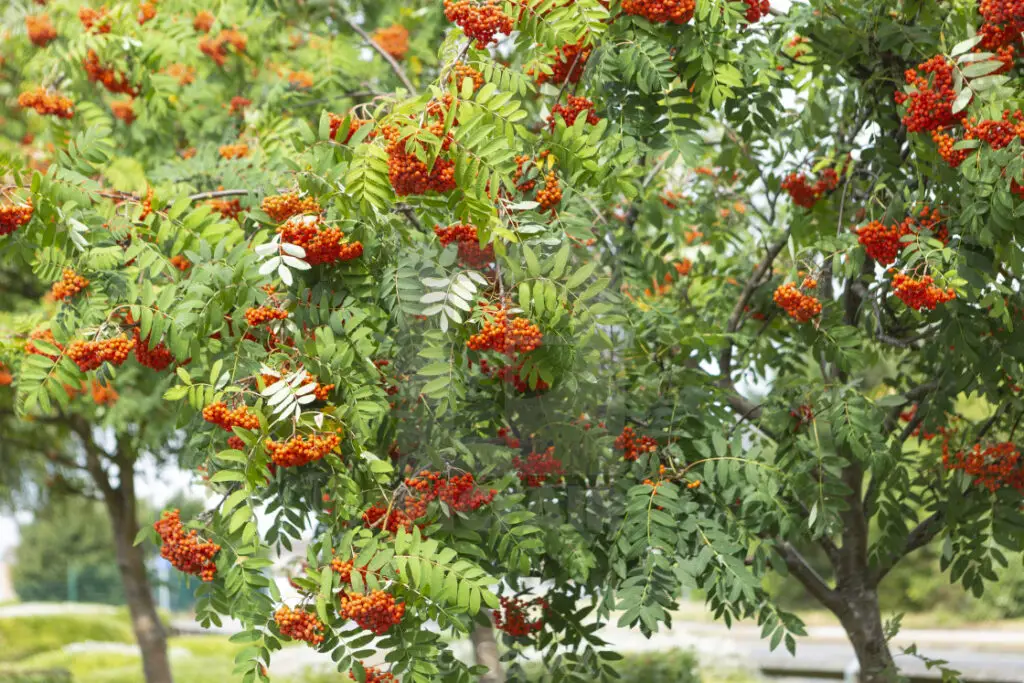The Imbolc Festival is celebrated halfway through the Winter Solstice and the Spring Equinox at the beginning of February. The festival honored the goddess Brigid and St. Brigid, the Mother Saint of Ireland. Pagans and Wiccans celebrate this holiday originating in Scotland and England. In Pagan times people would craft an effigy to the goddess Brigid, goddess of fertility, prophecy, poetry, fire, and hearth. They would light bonfires and burn lamps for the goddess Brigid. Later Brigid became St. Brigid. In some stories, Brigid was the foster mother of Christ. St. Brigid was a young girl born of a chieftain and slave who had vast agricultural knowledge. She grew up and built the first monastery in proximity to where the goddess Brigid was worshiped. St. Brigid was considered Ireland’s first nun. Some people have included her symbols in modern Imbolc festivals. Some symbols are particular to the Imbolc Festival including the following:
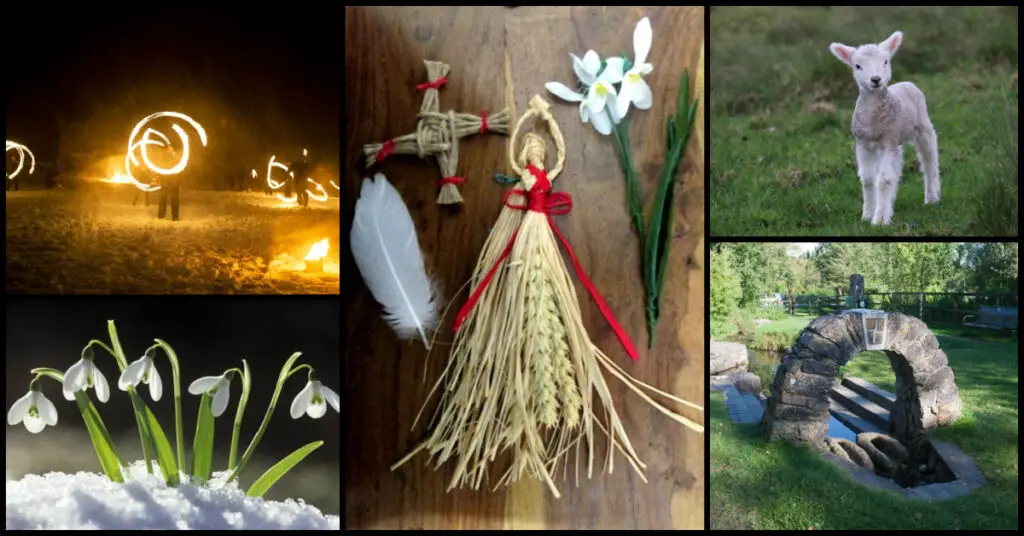
Milk Symbol
Symbol of purity.
Milk is used as a symbol of purity during the Imbolc Festival. Brigid being the foster mother of Christ would have fed him with breastmilk. Spring is the time when ewes get their milk in to feed their sheep. Ewe’s milk was poured into the earth during the Imbolc Festival as a tribute to the goddess Brigid. Some more modern-day tributes are made to both Brigid and St. Brigid.
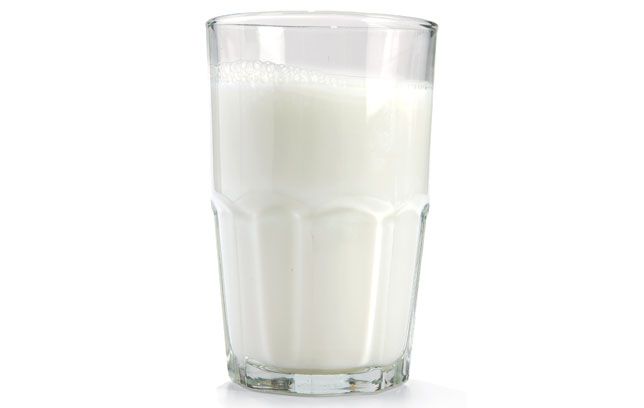
Fire Symbol
Symbol of purification, good luck.
On the day of the Imbolc festival in ancient times, people would burn bonfires to chase away the darkness and welcome in the Spring. It was also a tribute to Brigid who was the goddess of fire. Women would keep the hearth fire burning during Imbolc to give the house good luck. In the 12th century, it was said that a fire had continuously burned for over 500 years without leaving any ashes in honor of Brigid, and was tended only by women. In ancient times the women tending the fire were nineteen virgin priestesses. Those tending the fires later were identified as nuns. Brigid was born at sunrise and flames leapt from her head all the way to heaven. The bonfires at the Imbolc festival represent the fire of Brigid.
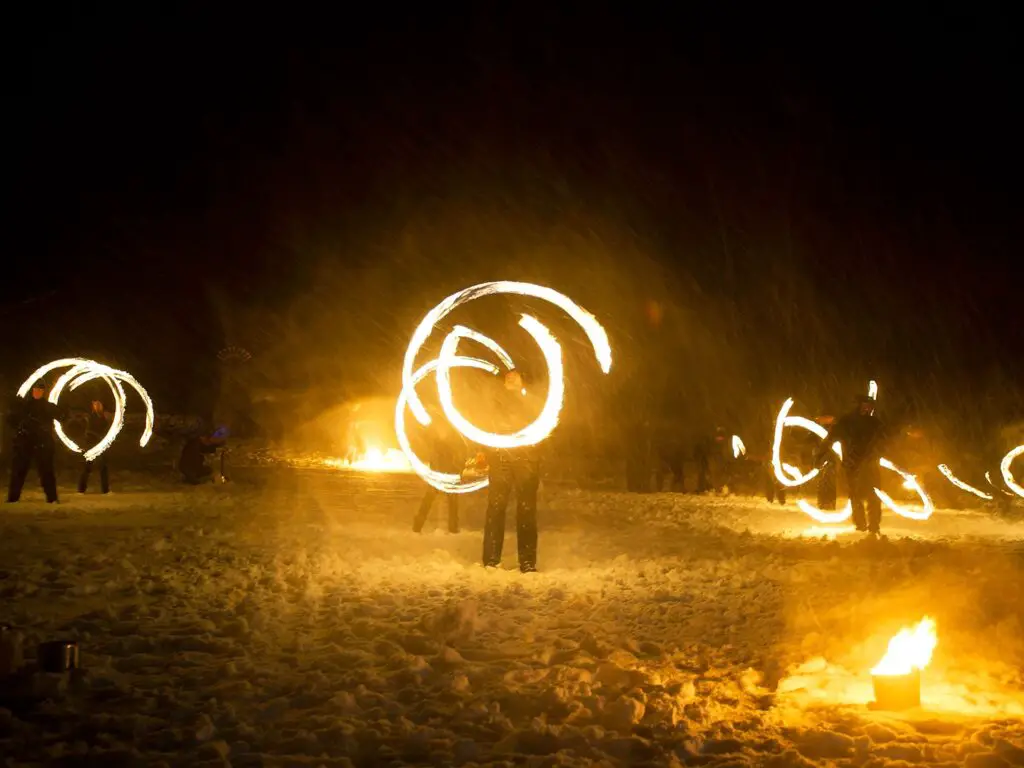
Snowdrop Symbol
Symbol of rebirth, warmth, new beginning, purification.
The Snowdrop is a plant with a cluster of white flowers. This plant starts to grow around the time of Imbolc. Its name means milk flower of the snow and it signifies rebirth. It is a symbol of the goddess Brigid. The Snowdrop promises warmth after a dark and cold season. Farmers knew when the Snowdrop appeared that it signaled the time to start preparing seeds to be sown. Imbolc was a time to freshen homes and clean them out. Snowdrops were brought into the house to purify the air during this time.
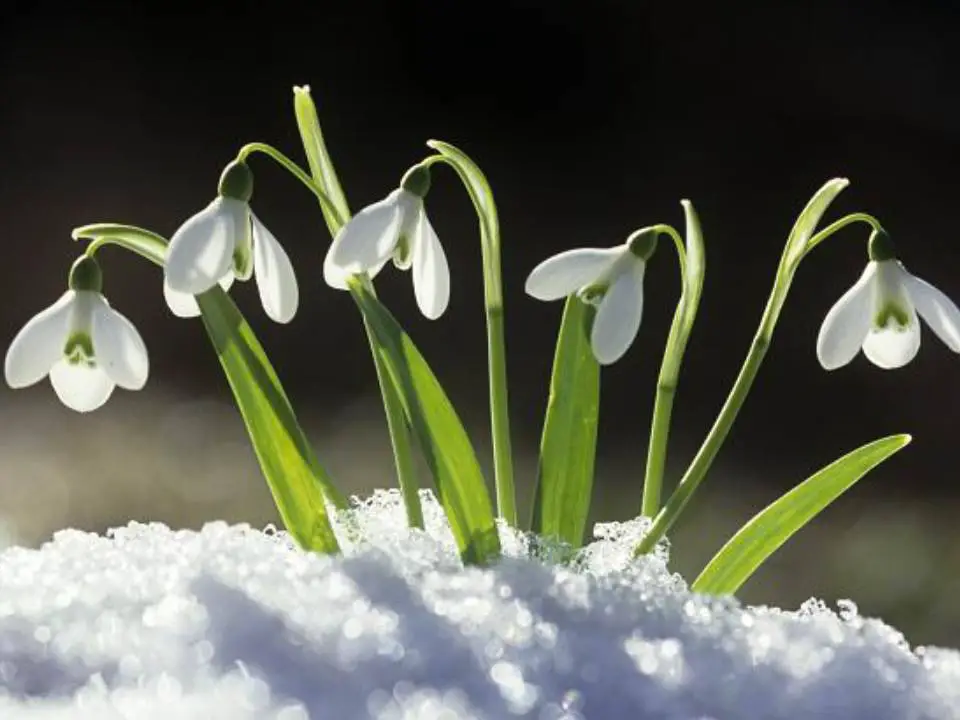
Brigid Doll Symbol
Symbol of fertility, good luck, prosperity, good fortune.
The Brigid Doll was a doll made from the corn husks from the previous year’s crop. Women and children would make these dolls and put them in a bed the night before the Imbolc festival. They would call for the goddess Brigid to come into their homes and bless them with good luck and fertility. The doll would then be given a small wand and be placed in a tiny bed after smoothing the ashes in the hearth. The next morning the women and children would check to see if Brigid left small footprints or handprints in the ashes. If she had, they would have good luck for the rest of the year. These dolls brought prosperity and good fortune to the household.
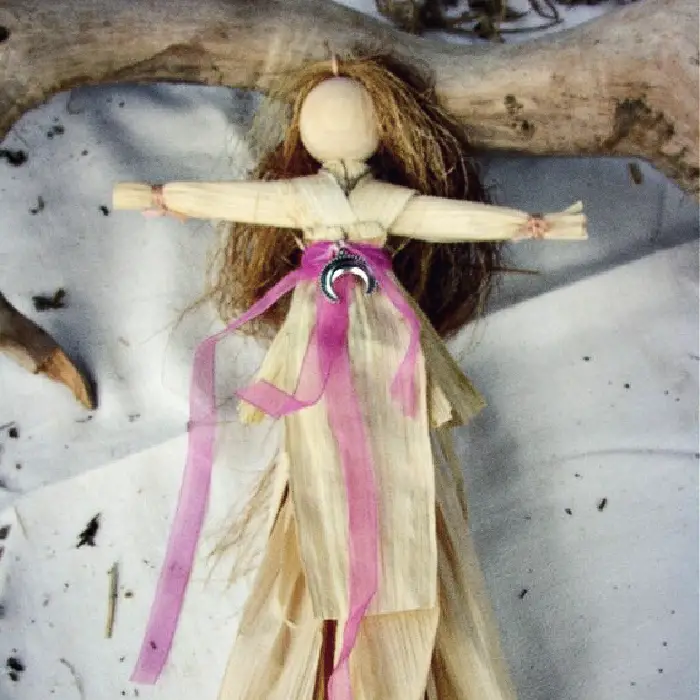
Quaternary Celtic Knot Symbol
Symbol of season, rebirth, renewal, protection.
The Quaternary Celtic Knot symbol is an unending knot with four corners. It has been called Brigid’s knot and represents the four seasons. Because it is never-ending, this knot also symbolizes rebirth and renewal. This knot also represents the four fire festivals including Imbolc. It is sometimes carried and worn as a symbol of protection.
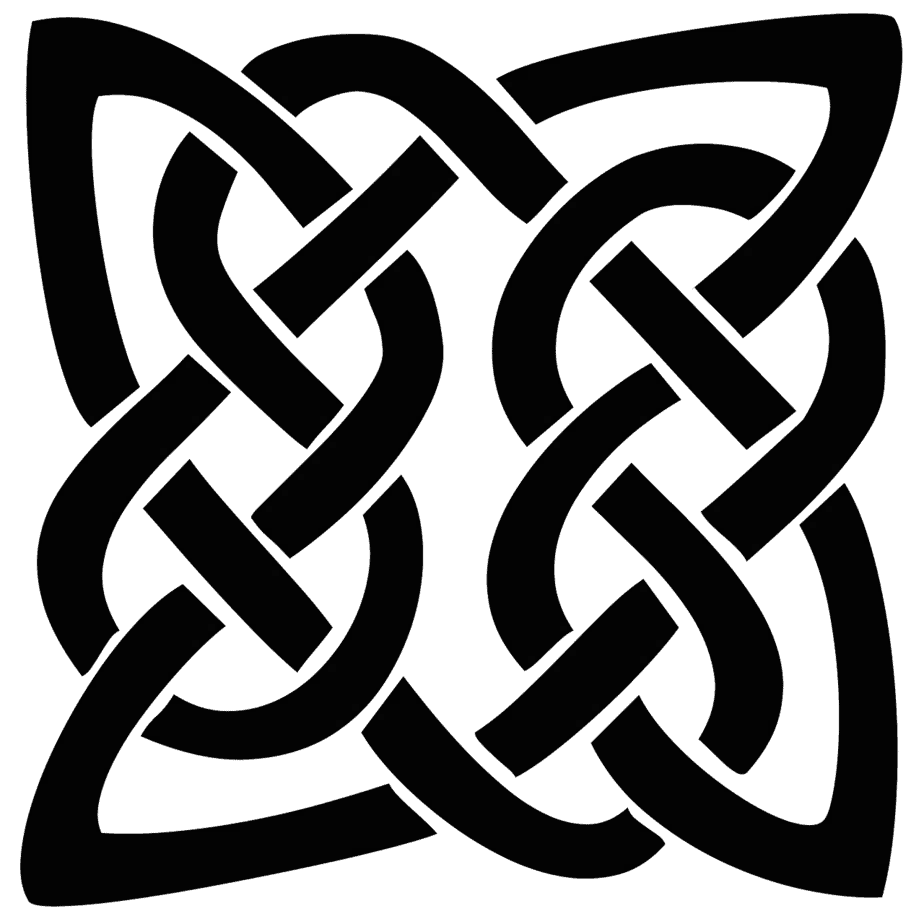
Brigid’s Cross Symbol
Symbol of protection.
The Brigid’s Cross symbol is a cross with a square in the center. It was originally fashioned out of rushes by St. Brigid. She fashioned it from the ancient sun wheel symbol. The crosses are placed in households the night before the Imbolc festival for protection from evil spirits, fire, and hunger. The cross stays up for a year. When the year is done, the old cross is burned in the hearth to protect the home from fire and a new Brigid’s Cross is hung. The cross was likely fashioned from an older symbol associated with the origins of Imbolc.
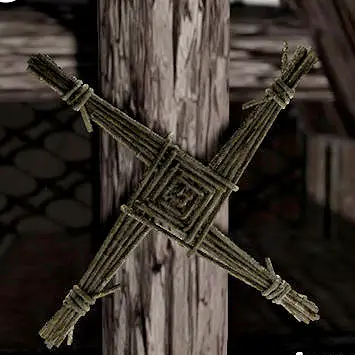
Sheep Symbol
Symbol of rebirth, Spring, good fortune, abundance.
Sheep play a central part in the Imbolc festival. The female sheep would start producing milk around the time of the festival as they were waiting to give birth to their lambs. There was always an abundance of ewe milk during Imbolc so it was used as an offering to the goddess Brigid. The lambs represent fertility and Spring. This was a sign of fresh food and meat after a long winter without. Lambs also symbolize good fortune and abundance.
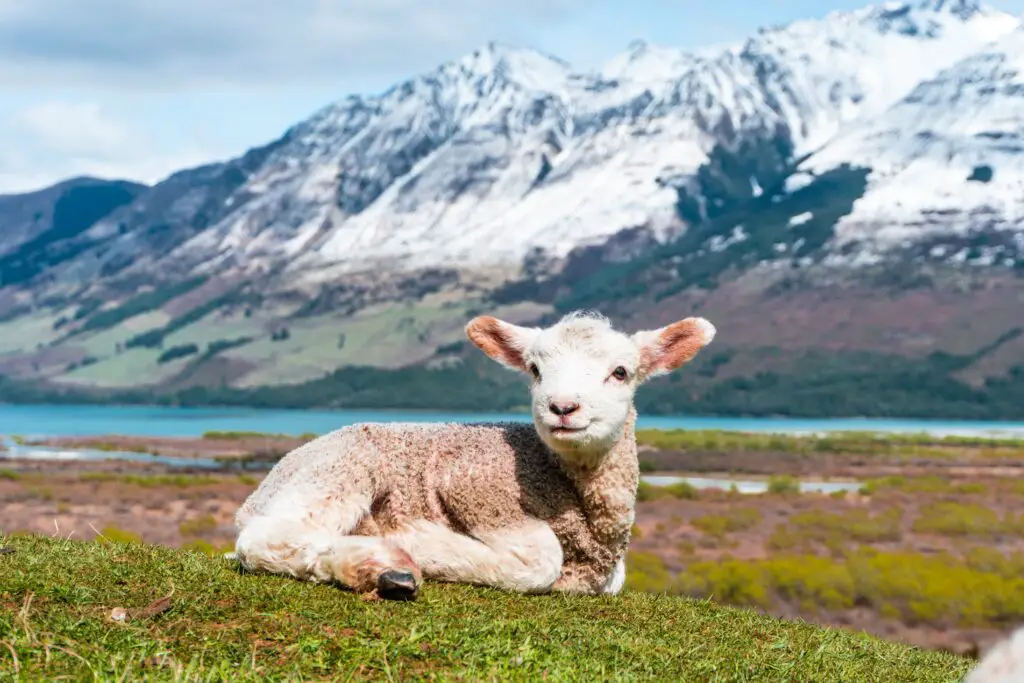
Serpent Symbol
Symbol of rebirth, inspiration, creativity.
Once a year during Imbolc the serpent of the world would emerge from its hibernation. Brigid is associated with the serpent. The serpent is a symbol of rebirth, inspiration, and creativity. Serpents would emerge during spring to test the weather. This was probably the beginning of Groundhog’s Day.
Well Symbol
Symbol of good luck, healing, and good health.
The goddess Brigid had holy wells named after her. It was a central well. Usually, it contained candles. During Imbolc, people would go to the wells and dress them with greenery and flowers. They would offer small silver objects and coins that were left at the well in hopes of good luck and good health. The wells are also associated with St. Brigid and are thought to be places of healing. In modern times the wells of St. Brigid are still there and people go to visit them regularly.
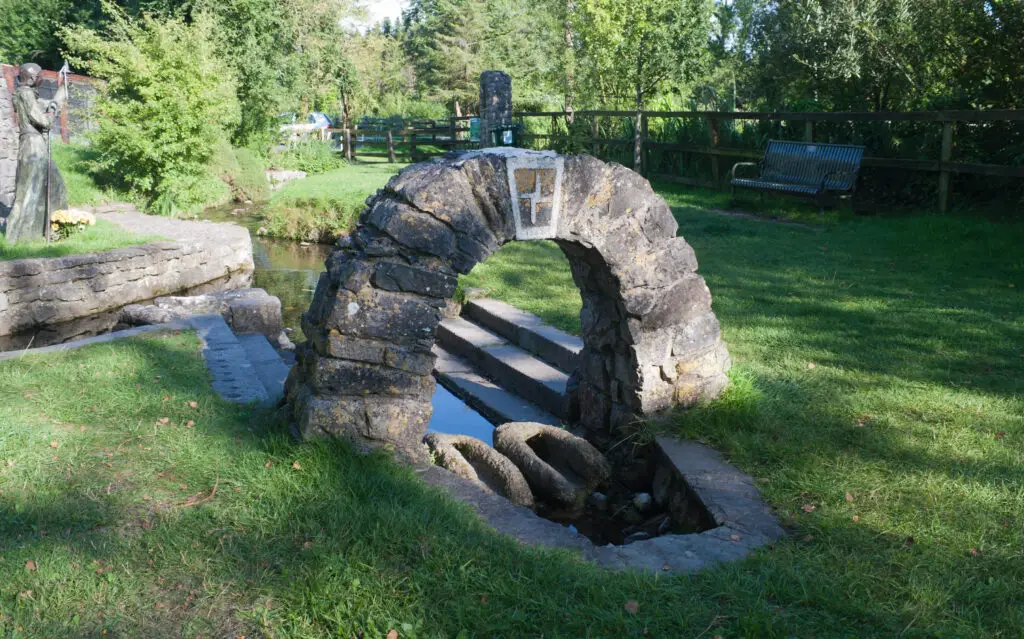
Rowan Tree
Symbol of rebirth, birth, protection.
In ancient times, Druids considered the Rowan tree a sacred tree. It is a cousin of the rose and produces bright red flowers. The Rowan tree is known as the lady of the mountain. Brigid created the first human woman from the Rowan tree. Its bark is used in the fires during the Imbolc festival. It was a symbol of rebirth and the new spring arrival. Rowan was also put by the house for protection against misfortune and evil spirits.
